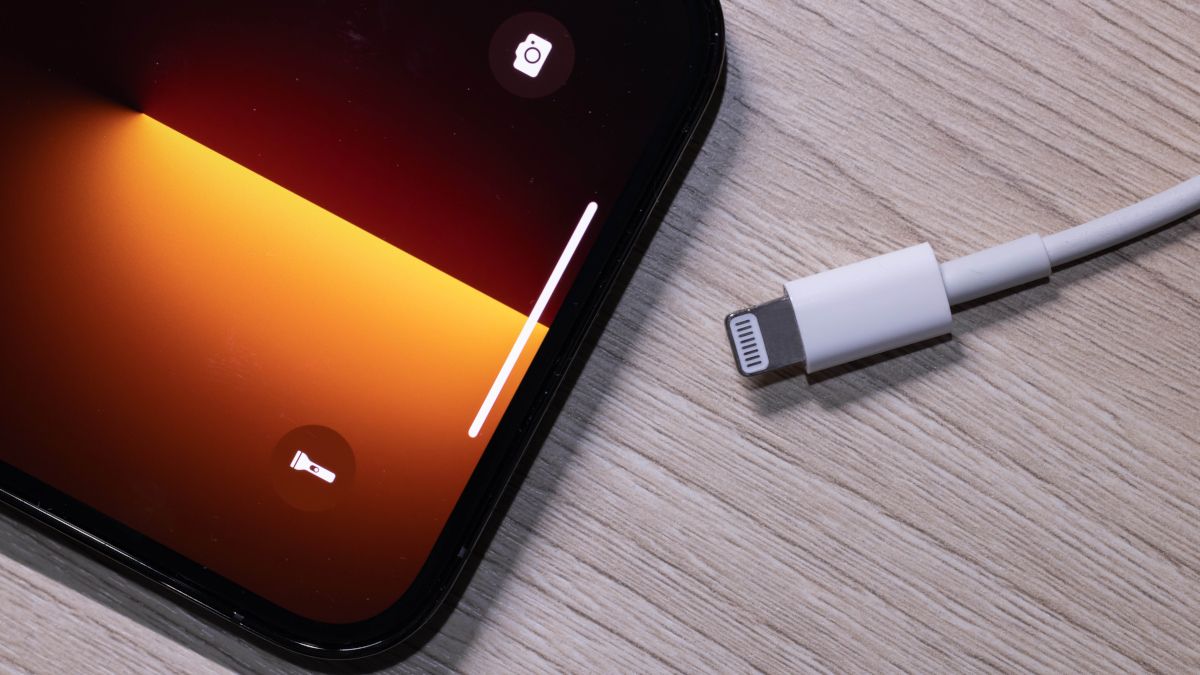Quick Links
Fast charging is a convenient way of replenishing your phone's battery, provided your device supports it and you have a charger that can output the required wattage. But does this time-saver negatively affect battery life?
Charging Works in Phases to Protect the Battery
Fast charging isn't inherently dangerous for your phone's battery. Fast chargers cannot "overload" a battery since the smartphone will only request as much power as the device can handle. This means you can safely use a USB charger that pumps out more wattage your device's maximum charging rate.
A smartphone battery can only utilize fast charging for a limited time. This is because lithium-ion batteries charge in three phases: a slow "trickle charge", a constant current state where voltage increases over time, and a final constant voltage state where the current is slowly reduced to prevent overcharging and damage to the battery cell.
Fast charging only works during the constant current state, which is why many smartphone manufacturers advertise a fast charging window, for example, "charge to 50% in 30 minutes" or similar. Once the final constant voltage phase begins, charging resumes at the standard rate.
Fast Charging May Generate More Heat
The faster power is stored in the lithium-ion cell, the more heat is generated. This means that fast charging generates more heat than standard "slow" charging. This could be an issue since excessive heat will degrade lithium-ion batteries. Fast charging may shorten the battery's lifespan compared to using a standard charger.
Most studies looking at the heat generated by fast-charging lithium-ion cells are focused on electric vehicle batteries, which are much larger than the batteries found in smartphones. The results of these studies suggest that some methods of fast charging degrade the cell at a much faster rate than standard charging.
Since extreme temperatures are the enemy of any lithium-ion battery, using your phone in a very hot or cold environment or leaving your device in full sun could also damage the battery.
To get the absolute most out of your battery, reserve fast charging for the times when you need your smartphone charged in a hurry. Use a standard charger at other times when you have time to spare.
Smartphone Batteries Are Replaceable
Smartphone battery replacements are relatively affordable compared to the price of a new phone. Apple charges $49 to $69 (depending on the device) for an out-of-warranty battery replacement which will restore your device to an as-new state in terms of battery performance.
Many Android devices have easily accessible user-replaceable batteries, while others can be serviced by the manufacturer or a third party for a moderate fee. Both iPhones and Android devices can be serviced with a new battery by the user using parts and guides available from resources like iFixit.
Batteries will degrade over time even with ideal usage. Understanding when it's time to replace your battery (and how this could net you a performance increase) can be helpful.

